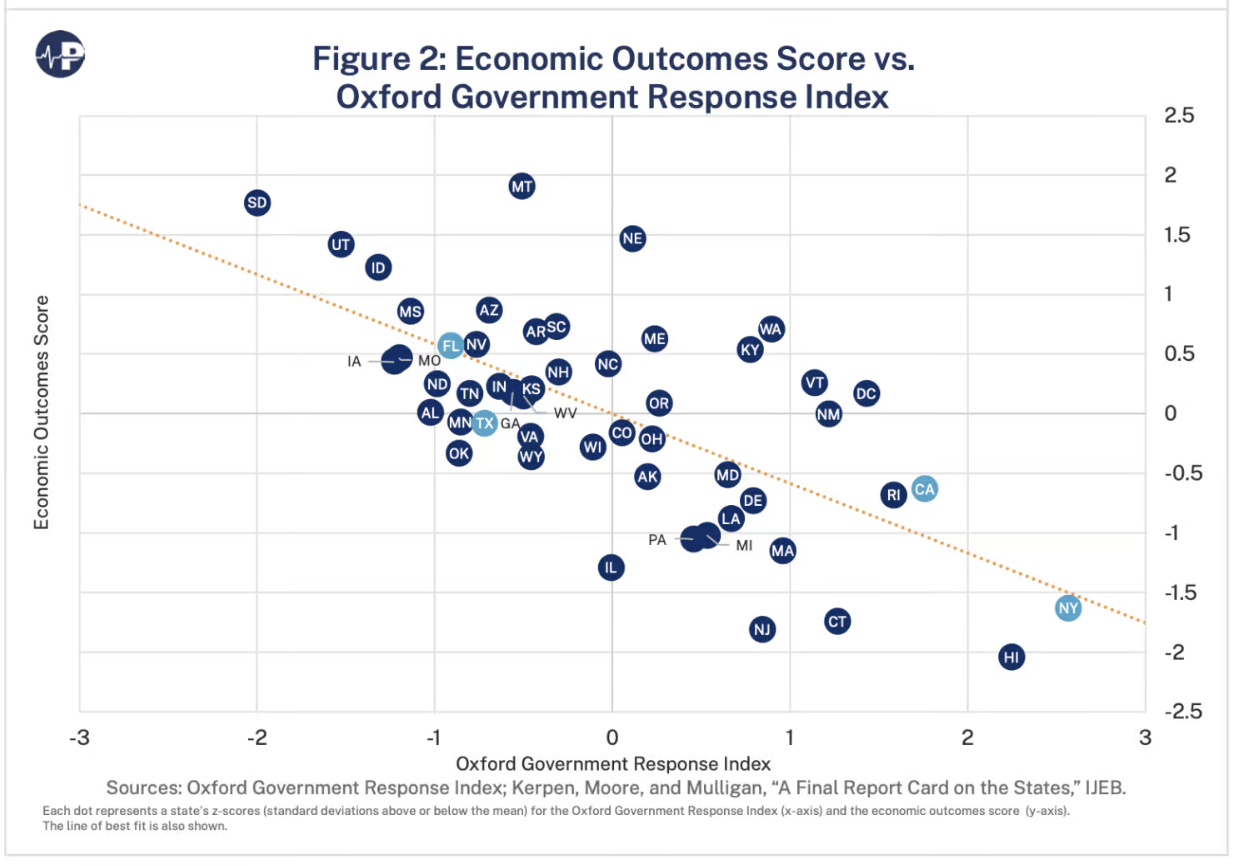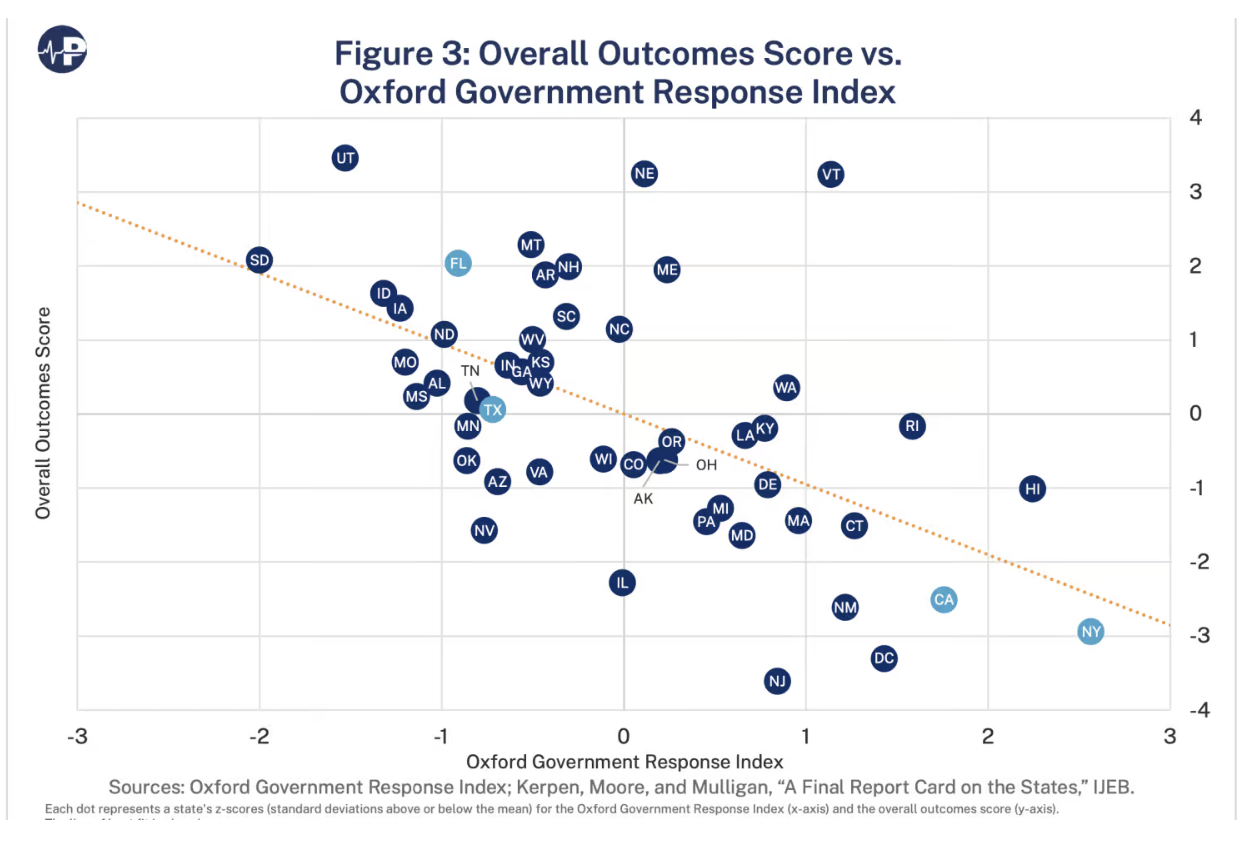Jeffrey A. Tucker
Jeffrey A. Tucker is Founder and President of the Brownstone Institute. He is also Senior Economics Columnist for Epoch Times, author of 10 books, including Liberty or Lockdown, and thousands of articles in the scholarly and popular press. He speaks widely on topics of economics, technology, social philosophy, and culture.
Three years ago this month, a very small group of highly guarded ruling-class people from the UK, US, and Europe, were gathering to figure out how to lock down the country and the world. They held Zoom meetings and went to burner phones and plotted how to convince Trump to betray his own instincts.
And this week three years ago, the World Health Organization sponsored a trip to Wuhan, China, and other cities to discover how they did it: how they utterly crushed a pathogen by smashing the liberties of the people. The WHO’s report was glowing: it worked and should be repeated the world over.
None of the rest of us knew this was happening. They knew what was coming but we did not.
The great experiment that had never been tried before. They would shut down the world economy in anticipation of a vaccine that was supposed to end the pandemic. And then, they figured, the whole world would be in debt to Big Pharma forever and we would be permanently acculturated to depend on them for everything. Then we go for vaccine passports and central-bank digital currencies and Big Tech too would ride high forever.
What a plan!
There were some missteps. It turned out that the vaccine didn’t work like it was supposed to. Whoops. And there was another big failure. The lockdowns didn’t actually stop the virus. Not only that, they utterly crushed everything we call society, leaving not only economic destruction in their wake but also cultural collapse and awful public health.
The US was an interesting case because we have a federal system, meaning that even now, individual states can go their own way. Despite everything, the CDC did not have the power to enforce its edict. The Trump administration declared that “all indoor and outdoor venues where people congregate should be closed,” but there was no means to make that stick, much less script the pace of reopening.
South Dakota, for example, simply defied the federal government. Georgia opened up after a few weeks even against the objections from Trump personally. Florida came next and then Texas. The rest of the “red states” fell like dominos, each going back to normal over the course of the year, while “blue states” stayed closed as a matter of principle: they would follow the edicts of Anthony Fauci and then the Biden administration no matter what.
This provided a fascinating test of the states. There were 50 states and 50 different plans for mitigation. Some deployed “stay-at-home” orders and some did not. Some forced people indoors, some outdoors, and some not at all. Some kept forced masking in place for a long time and others made it voluntary. Some scrapped pandemic plans early and some held on to the bitter end, even keeping schools closed.
Oxford University had been tracking these mitigation strategies throughout and came up with an index. And we have seemingly endless piles of data on health outcomes, in addition to economic and demographic data on businesses, employment, income, and migrations too. We have enough now to make some strong assessments on what works and what does not.
Now we have an extremely robust study that looks at all these variables and sizes up the effect in a range of areas. The study is “Freedom Wins: States with Less Restrictive COVID Policies Outperformed States with More Restrictive COVID Policies” by Joel M. Zinberg, Brian Blase, Eric Sun, and Casey B. Mulligan, as published by the Paragon Health Institute.
It’s hardly the first: Brownstone offers a list of 400 more on every aspect of the pandemic response. But it is enormously valuable because it accumulates so much data and experience and presents them in a clear way.
Here is the summary:
“Our results show that more severe government interventions, as measured by the Oxford index, did not significantly improve health outcomes (age-adjusted and pre-existing-condition adjusted COVID mortality and all-cause excess mortality) in states that imposed them relative to states that imposed less restrictive measures. But the severity of the government response was strongly correlated with worse economic (increased unemployment and decreased GDP) and educational (days of in-person schooling) outcomes and with a worse overall COVID outcomes score that equally weighted the health, economic, and educational outcomes.
“We also used Census data on domestic migration to examine whether government pandemic measures affected state-to-state migration decisions. We compared the net change in migration into or out of states in the pandemic period between July 1, 2020, and June 30, 2022, with the migration patterns over five pre-pandemic years. There was a substantial increase in domestic migration during the pandemic compared to pre-pandemic trends. There was also a significant negative correlation between states’ government response measures and states’ net pandemic migration, suggesting that people fled states with more severe lockdowns and moved to states with less severe measures.”
They did a detailed study comparing Florida and California in particular:
“Florida relaxed lockdowns after a short time, resulting in a low Oxford COVID-19 Government Response Index score, whereas California imposed strict and prolonged lockdowns and had one of the highest index scores in the nation. Yet the two states had roughly equal health outcomes scores, suggesting little, if any, health benefit from California’s severe approach. But California suffered far worse economic and education outcomes. And both states had substantial increases in their pre-existing domestic migration patterns. California’s severe lockdowns seemed to elicit a jump in its already high out-migration, while Florida experienced a significant in-migration increase during the pandemic as compared with pre-pandemic trends. Florida’s commitment to keeping schools open was likely a significant factor in attracting people from around the country.”
In conclusion:
“Severe government measures did little to lower COVID-19 deaths or excess mortality from all causes. Indeed, government measures appear to have increased excess mortality from non-COVID health conditions. Yet the severity of these measures negatively affected economic performance as measured by unemployment and GDP and education as measured by access to in-person schooling. States such as Florida and countries such as Sweden that took more restrained approaches and focused protection efforts on the most medically vulnerable populations had superior economic and educational outcomes at little or no health cost. The evidence suggests that in future pandemics policymakers should avoid severe, prolonged, and generalized restrictions and instead carefully tailor government responses to specific disease threats, encouraging state and local governments to balance the health benefits against the economic, educational, health, and social costs of specific response measures.”
Some interesting charts from the study include this state-by-state comparison, with South Dakota at top left and New York at the bottom right.



This is the evidence we have based on the data we have. It is sadly not surprising. The lockdowns did not improve health outcomes. They did devastate economic outcomes. And economics is part of health which in turn is a reflection of the quality of life. The same results pertain however we shuffle the data: adjusting by age, adjusting by population, adjusting by population density.
The conclusion is completely undeniable. Lockdowns were a disaster and they achieved nothing in terms of their stated purpose.
Does the evidence still matter? We shall see.
20230201_Zinberg_FreedomWinsStateswithLessRestrictiveCOVIDPoliciesOutperformedStateswithMoreRestrictiveCOVIDPolicies_FINAL_202302091645Download










